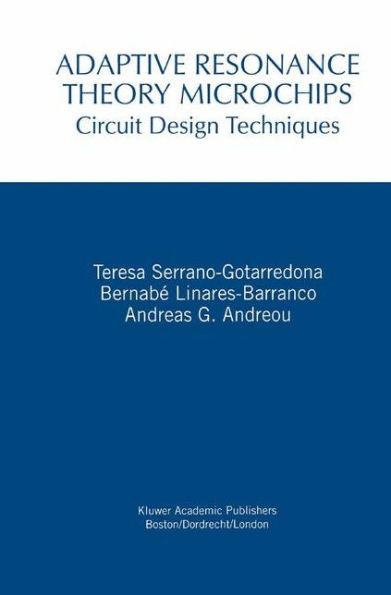5
1
9780792382317


Adaptive Resonance Theory Microchips: Circuit Design Techniques / Edition 1 available in Hardcover

Adaptive Resonance Theory Microchips: Circuit Design Techniques / Edition 1
- ISBN-10:
- 0792382315
- ISBN-13:
- 9780792382317
- Pub. Date:
- 08/31/1998
- Publisher:
- Springer US
- ISBN-10:
- 0792382315
- ISBN-13:
- 9780792382317
- Pub. Date:
- 08/31/1998
- Publisher:
- Springer US
169.99
In Stock

Product Details
| ISBN-13: | 9780792382317 |
|---|---|
| Publisher: | Springer US |
| Publication date: | 08/31/1998 |
| Series: | The Springer International Series in Engineering and Computer Science , #456 |
| Edition description: | 1998 |
| Pages: | 234 |
| Product dimensions: | 6.10(w) x 9.25(h) x 0.36(d) |
From the B&N Reads Blog
